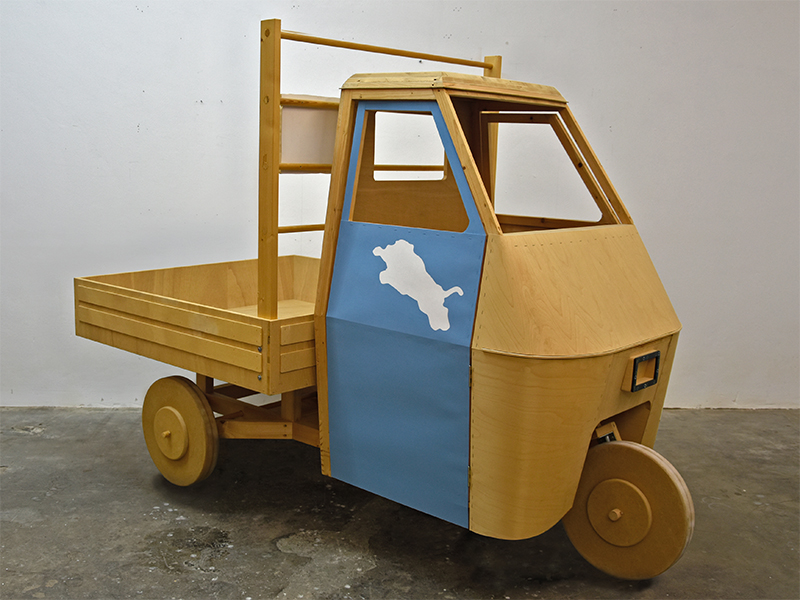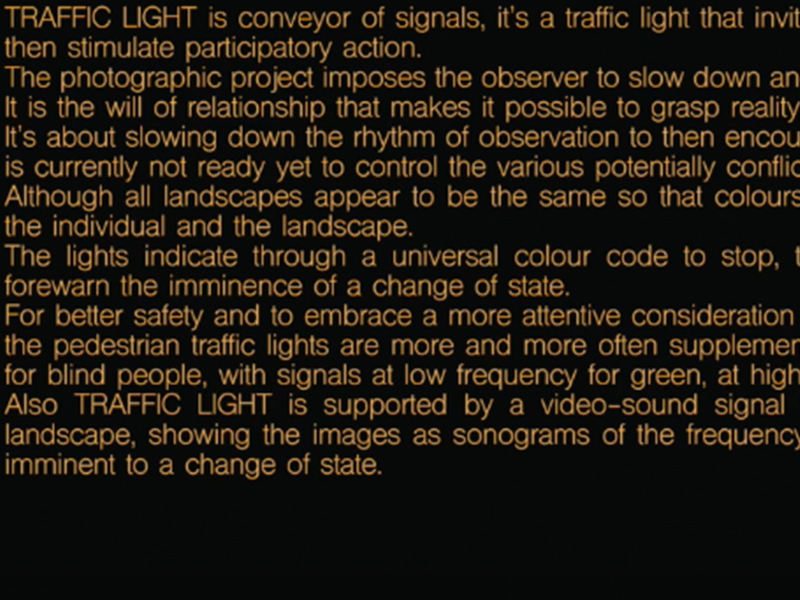Timo Tuhkanen: Trafficking Values
The work I am presenting wants to ask what values are being trafficked when living beings are trafficked, can values be trafficked and do they need to be trafficked in a way that is beneath the everyday surface of events? Does the extraction and movement and the devestating meaning trafficking holds eclipse the values of the moved being to a point where the beings cannot unmask and dismantle these meanings by their own volition?
Trafficking Values wants to talk about our values, trafficking plants, trafficking people, opposites, not recognizing, fakeness, invisibility, confusion, replacements, colonialism, genocide, foreign species, invasion, naturalization, how to proceed from here, the potential of crisis, turning bad into good, appropriation, trafficking values.
I ask these things through the story that emerges from the study of two plants that have a similar flowering, and which have been confused with each other in Italian popular culture.
Acacia Dealbata - Acacia Pycnantha
In 1946 Teresa Mattei celebrated the end of the Italian patriarchal monarchy, the Kingdom of Italy, by inaugurating the Australian Acacia Dealbata, commonly known as the mimosa, as the symbol of the Italian International Womens Day. On the 8th of March this flower is sold and given to all women in Italy. Teresa Mattei was an Italian partisan, nicknamed Chicchi (beans) and politician. In 1938, at the age of seventeen, she was expelled from all schools in the Italian Kingdom (Regno d Italia) for criticizing the Racial anti Jewish laws of the Facist state. Further, in 1957 she was expelled from the Communist party for her critique of Stalinism and the leader of the Italian Communist Party nicknamed Il Miglore (the best) Palmiro Togliatti.
Today, on the 8th of March, during the International Womans Day mimosas are given to all women, but the nature of the mimosa has changed, it has become a fake, a confusion, led by the naturalization of multiple foreign species in the Mediterranean. What the mimosa represented as a symbol for womens rights and freedom has today been colonized by the Australian Acacia Pycnantha, which in its native Australia is the symbol of patriotism and nationalism. Commonly known as the Golden Wattle, it inspired the flags colours during Australias unification in 1901, it was included in Australias Coat of Arms in 1913, it was made into a golden and jeweled pendant and given to Queen Elisabeth II for her coronation in 1953, and it was officially chosen the National Emblem in 1988. It is the symbol of colonialism, of erasure, of genocide.
The fakery that is revealed questions what we see in symbols that are themselves perceived to transmit values, whose values are they anyway? This symbolic can be collapsed by admitting that plants can transmit values as beings, and in the case of our two flowers, that not only are they transmitting the values of what Aboriginal people call country, but that they are transmitting values that are inherent to them by virtue of their being certain types of plants with certain types of abilities.
Acacias are by their nature carers, they fertilize the soil through extracting nitrates from the atmosphere and implanting them in the soil, they survive forest fires and reforest quickly fertilizing as they do. They also fight desertification, and the varieties that live in the country talked about by Aboriginal people have nutritious and edible seeds and gum.
What would happen if the perception of the symbolic movement of plants was overcome by the values they traffic?
If humans could model themselves by the values that the plants want to transmit, how would we be different? What would be our relationship to the earth into which the seeds fall and from where the plants grow?
This last question gives rise to a complicated question about the morality of making the best out of a bad situation, here I would like to voice the words of one of the few Aboriginal Academics working with a deep knowledge of their country and values Bruce Pascoe, who in his lecture on Aboriginal Agriculture states: Now we are here, what do we do?











